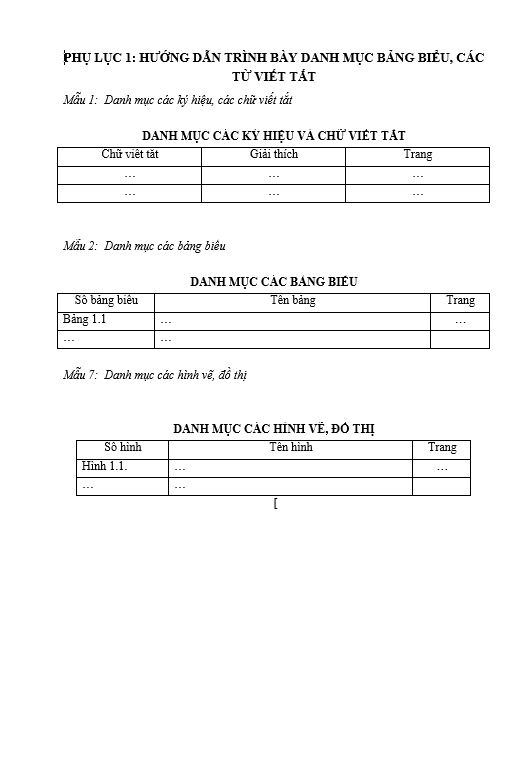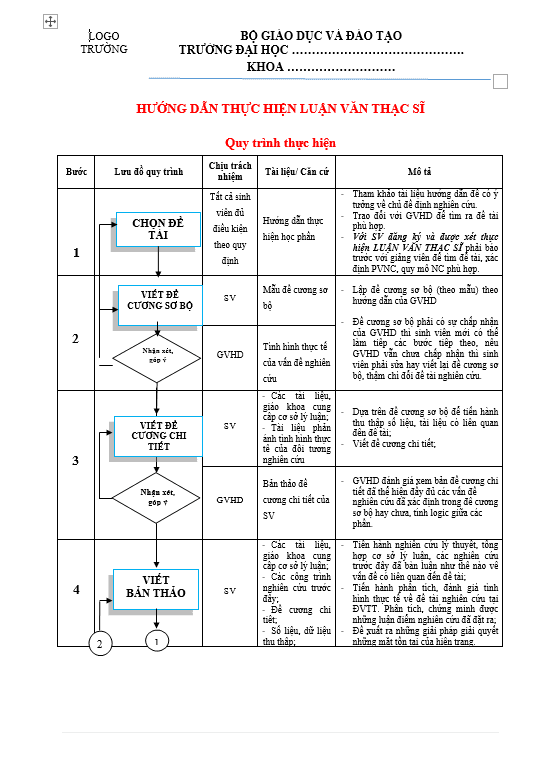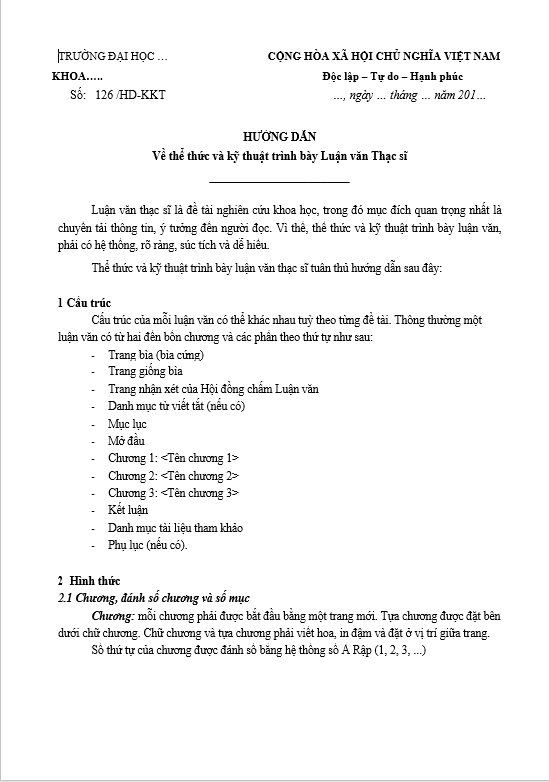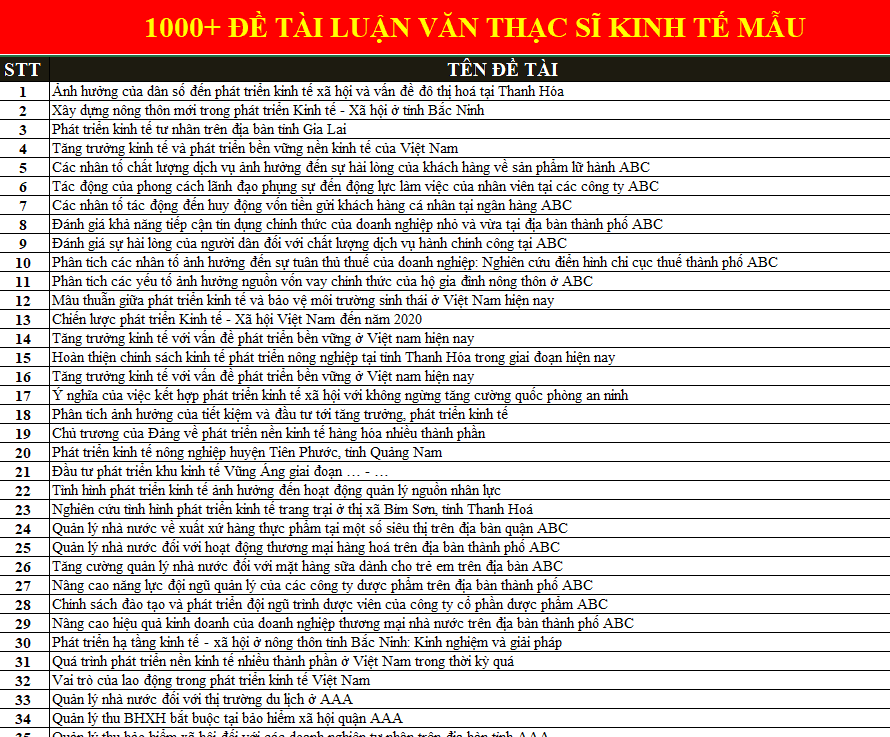Table of Contents
List of Tables …………………………………………………………………………………………………………………………. 4
List of Figures ………………………………………………………………………………………………………………………… 4
Acknowledgements ………………………………………………………………………………………………………………… 5
Abstract ………………………………………………………………………………………………………………………………… 6
1 Introduction …………………………………………………………………………………………………………………… 7
1.1 Research Question …………………………………………………………………………………………………… 9
1.2 Research Objectives …………………………………………………………………………………………………. 9
2 Literature Review ………………………………………………………………………………………………………….. 10
2.1 What is Culture ……………………………………………………………………………………………………… 10
2.2 National Culture and Major Cultural Frameworks ………………………………………………………. 11
2.3 Impact of Chinese Culture on Business Transactions ………………………………………………….. 18
2.4 Chinese Culture and the Concept of Guanxi ………………………………………………………………. 19
2.4.1 What is Guanxi? ……………………………………………………………………………………………… 19
2.4.2 Is Guanxi Relevant? …………………………………………………………………………………………. 21
2.4.3 Building and Maintaining Guanxi ………………………………………………………………………. 21
2.4.4 Trust and Guanxi …………………………………………………………………………………………….. 22
2.4.5 Guanxi in the West? ………………………………………………………………………………………… 23
2.4.6 Benefits and Risks of Guanxi …………………………………………………………………………….. 25
2.5 Literature Review Conclusion ………………………………………………………………………………….. 26
3 Research Methodology ………………………………………………………………………………………………….. 27
3.1 Introduction ………………………………………………………………………………………………………….. 27
3.2 Research Philosophy ………………………………………………………………………………………………. 28
3.3 Research Approach ………………………………………………………………………………………………… 30
3.4 Research Strategy ………………………………………………………………………………………………….. 30
3.5 Research Choice …………………………………………………………………………………………………….. 32
3.6 Time Horizon …………………………………………………………………………………………………………. 32
3.7 Data Collection ………………………………………………………………………………………………………. 32
3.7.1 Secondary Data Collection ……………………………………………………………………………….. 32
3.7.2 Primary Qualitative Data Collection …………………………………………………………………… 33
3.7.3 Primary Quantitative Data Collection ………………………………………………………………… 34
3.7.4 Data Analysis ………………………………………………………………………………………………….. 36
3.8 Population and Sample …………………………………………………………………………………………… 37
3.9 Ethical Issues …………………………………………………………………………………………………………. 39
3.10 Conclusion …………………………………………………………………………………………………………….. 39
4 Analysis, Findings and Discussion ……………………………………………………………………………………. 40
4.1 Introduction ………………………………………………………………………………………………………….. 40
4.2 Background of Respondents (Quantitative Data) ……………………………………………………….. 41
4.3 Perceived Characteristics of Guanxi (Quantitative Data) …………………………………………….. 45
4.4 Perceived Characteristics of Guanxi (Qualitative Data) ……………………………………………….. 48
4.4.1 Personal Relationships …………………………………………………………………………………….. 49
4.4.2 Giving Face (Respect) ………………………………………………………………………………………. 50
4.4.3 Trust ……………………………………………………………………………………………………………… 51
4.4.4 Hierarchy ……………………………………………………………………………………………………….. 53
4.5 Survey Groupings …………………………………………………………………………………………………… 55
4.6 Guanxi and the Marketing Mix ………………………………………………………………………………… 59
4.7 Perceived Benefits and Disadvantages of Guanxi (Quantitative Data) …………………………… 60
4.8 Perceived Benefits and Disadvantages of Guanxi (Qualitative Data) …………………………….. 62
4.9 Correlation Analysis ……………………………………………………………………………………………….. 66
5 Conclusion, Recommendations and Limitations ………………………………………………………………… 68
5.1 Limitations of this Research …………………………………………………………………………………….. 70
5.2 Areas for Further Research ……………………………………………………………………………………… 71
6 Self-Reflection ………………………………………………………………………………………………………………. 73
6.1 Introduction ………………………………………………………………………………………………………….. 73
6.2 Learning Theories and Styles …………………………………………………………………………………… 73
6.3 Process …………………………………………………………………………………………………………………. 75
6.4 Use of Sources ……………………………………………………………………………………………………….. 76
6.5 Dissertation Formulation ………………………………………………………………………………………… 76
6.6 Own Learning ………………………………………………………………………………………………………… 77
6.7 Action Plan ……………………………………………………………………………………………………………. 78
Bibliography and References …………………………………………………………………………………………………. 79
Appendices ………………………………………………………………………………………………………………………….. 87
Appendix 1: Theme Sheet from Semi-Structured Interviews ………………………………………………….. 87
Appendix 2: Survey Questionnaire ……………………………………………………………………………………… 88
Appendix 3: Emails to Fock and Woo…………………………………………………………………………………… 91
Appendix 4: Replies from Fock and Woo ……………………………………………………………………………… 91
Appendix 5: Survey Invitation Email ……………………………………………………………………………………. 92
Appendix 6: Survey Reminder Email ……………………………………………………………………………………. 93
Appendix 7: Coefficients of Correlation ……………………………………………………………………………….. 94












